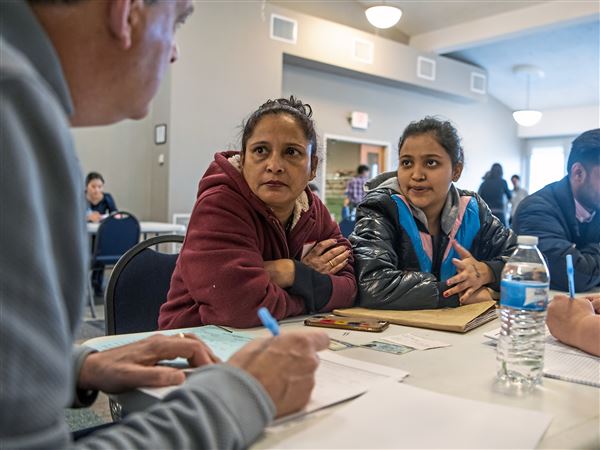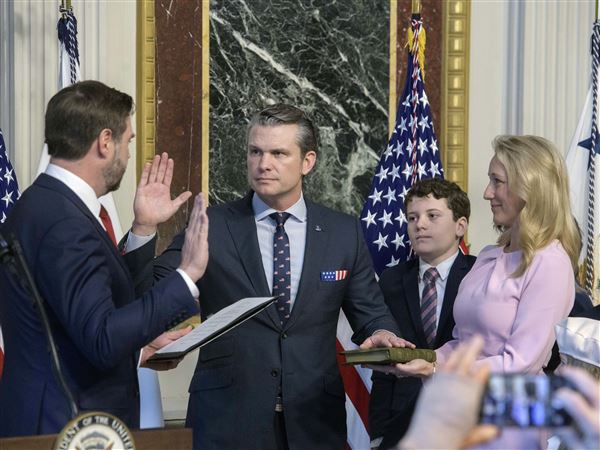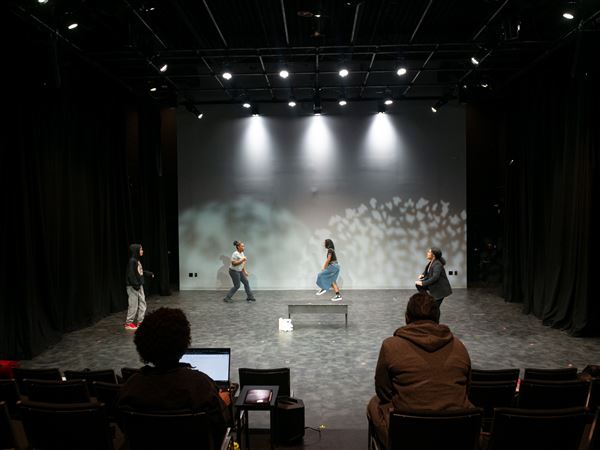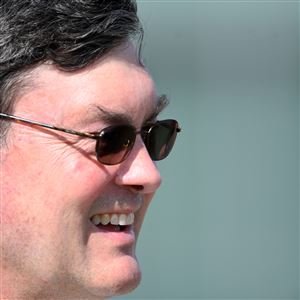In March, Jill Lepore, the Harvard historian and popular New Yorker staff writer, published a thoughtful essay criticizing the new Library of America edition of Rachel Carson’s “Silent Spring,” with its attendant collection of essays, for failing to mention Carson’s earlier writing on the sea.
Strangely, no mention of water appears in the commentary written by my friend, the environmental activist and writer Sandra Steingraber. Ms. Lepore reminded readers that Carson was internationally famous for her writing on the seas and thought of herself as “poet of the sea” long before she considered the problem of pesticides or embarked upon any research for “Silent Spring,” published in 1962. That is the book she is most famous for today, but it appeared barely two years before her death in 1965.
Ms. Lepore’s point is well-taken. By 1956, Carson had published three internationally acclaimed books on the sea: “Under the Sea-Wind” (1941), “The Sea Around Us” (1951) and “The Edge of the Sea” (1955). Two of them, “The Sea Around Us” and “The Edge of the Sea,” first were serialized in The New Yorker. All three sea books remained on The New York Times Best Sellers list for months. Carson herself was showered with literary prizes, including the National Book award. The 50-something author from Springdale Borough was revered as the “public voice of science” in America as well as a writer of immense skill and beauty.
Carson was, in fact, an ecologist, concerned with the relationships of organisms to their environment, long before that field was professionally recognized. Her passion, as expressed in these three books that together compose a remarkable biography of the sea, was to explore the relationship of “life to life” — under the sea, in the depths of the sea and between sea and shore. Her personal as well as literary mission was to describe and explain the origins and evolution of life, to tell how the present was linked to the past and to the future.
“The shore is an ancient world,” she wrote in “Undersea,” an essay published in The Atlantic in 1937. “Who has known the ocean? Neither you nor I, with our earthbound senses, know the foam and surge of the tide that beats over the crab hiding under the seaweed of his tide-pool home; or the lilt of the long, slow swells of mid-ocean, where shoals of wandering fish prey and are preyed upon, and the dolphin breaks the waves to breathe the upper atmosphere.”
■
But Carson, this “sea poet,” did not see the sea until 1929, when she won a summer scholarship to the Woods Hole Biological Laboratory in Woods Hole, Mass., just after graduating from the Pennsylvania College for Women (now Chatham University) as one of a handful of biology majors. How then, one wonders, did a young woman from a small town along the Allegheny River just north of Pittsburgh become so enamored of the sea? Where did this lifelong passion for the world of water begin?
Biographers trade in the “facts” of a life, which they interpret with as much accuracy and insight as possible. One can never get another person’s life completely right. A biographer’s skill lies in looking not only into the obvious “facts” of a life and how it was lived but also into the crevices, for details that might seem unimportant but suggest new insight. Some speculation is welcome; too much veers into dangerous literary territory.
But as Carson’s biographer and a child of the Allegheny myself, I have always had a hunch about the origins of her passion to understand the lives lived under the sea and her fascination with the relationships of life to life. My hunch centers on the humble 26-acre Carson homestead, set on the sloping hills above a particularly wide stretch of the Allegheny and specifically on her discovery there of a fossilized fish. Water and its importance to all life were part of her earliest experience and remained the theme of her writing and the center of her passionate advocacy for the natural world.
Born in 1907, Carson grew up with her parents and two elder siblings in a modest two-story house with four small rooms originally built as a log cabin. It faced south, overlooking the town of Springdale and the wide river beyond. The house had only a meager lean-to kitchen and never any indoor plumbing. But it featured a small porch along the front of the house, which, especially in the winter when trees were bare, offered a fine view of the river below. Carson watched the river season by season, noting its changes and its rhythms.
The Carson farm was an idyllic place for a curious child. It had a few farm animals, a pony, a favorite dog, fields and, most important, woods to roam and attendant woodland creatures, especially birds, to discover and observe.
Carson’s mother, Maria, an intelligent woman and voracious reader, enthusiastically embraced the principles of the turn-of-the-century Nature Study Movement that advocated learning science through direct experience with the natural world. Bird-watching and nature study were popular pastimes for many women of the time, and mother and daughter explored the hills together, sharing their discoveries. Carson recorded what she saw in notebooks, being attentive to detail and including her emotional response to what she observed.
Her first “stories” were about nesting birds and their habits. “Wild creatures,” she wrote “are my friends.”
■
On one of her explorations of the cliffs behind the farm, Carson discovered the remains of a fossilized fish. Curious as to what sort of creature had once lived there, where it had come from and how long ago, she speculated that perhaps there once had been a sea that covered the cliffs where now there was an inland river. Some years later, she told the story of finding the fossil to her college classmates in response to their question as to why she decided to major in biology. Her desire from the outset was to understand the life that had been lived in the past and its relationship to the present. It was always about water.
This story stuck in my mind as a biographer. I followed Carson’s life from her graduate school thesis at Johns Hopkins University (on the evolution of the urinary system of an ancient fish), to her discovery of the creatures of the deep ocean during a scientific expedition on a vessel out of Woods Hole, to her meticulous field work along the Maine coast for her first book, “Under the Sea-Wind.”
By then, Carson had observed for herself how one small thing can change another. “To stand at the edge of the sea,” she wrote in 1941, “is to sense the ebb and the flow of the tides, to feel the breath of a mist moving over a great salt marsh, to watch the flight of shorebirds that have swept up and down the surf lines of the continents for untold thousands of years, to see the running of the old eels and the young shad to the sea, is to have knowledge of things that are nearly eternal as any earthly life can be.”
In “The Sea Around Us,” Carson’s point of view could be as expansive as describing the process of island formation and the origins of ocean current yet as narrow as her discussion of the invisible impact of temperature on microscopic sea life. For her next book, “The Edge of the Sea,” she studied the prism of relationships between sea and shore. Climate change, sea level rise, the melting of Arctic glaciers, collapsing bird and animal populations, crumbling geological faults — all were included in Carson’s descriptions of the dynamic relationships of life to life. All three sea books were physical explanations of life, all drenched with the miracle of what happens to life in, near and under the sea.
While “Silent Spring” may be the most important book of the 20th century for its exposure of the consequences of human carelessness on the natural world, and may be one of the most controversial, Carson’s three books on the sea taught us to understand whole ecosystems where the future of all life hangs in the balance. Carson, a child of the Allegheny, wondered about the natural world around her and the relationships within it, and that sense of wonder has changed everything.
Linda Lear (linda@lindalear.com) is a Pittsburgh native and the author of "Rachel Carson: Witness for Nature." Her donation of Carson materials and other historic items created the Linda Lear Center for Special Collections & Archives at Connecticut College.
First Published: July 8, 2018, 4:00 a.m.















